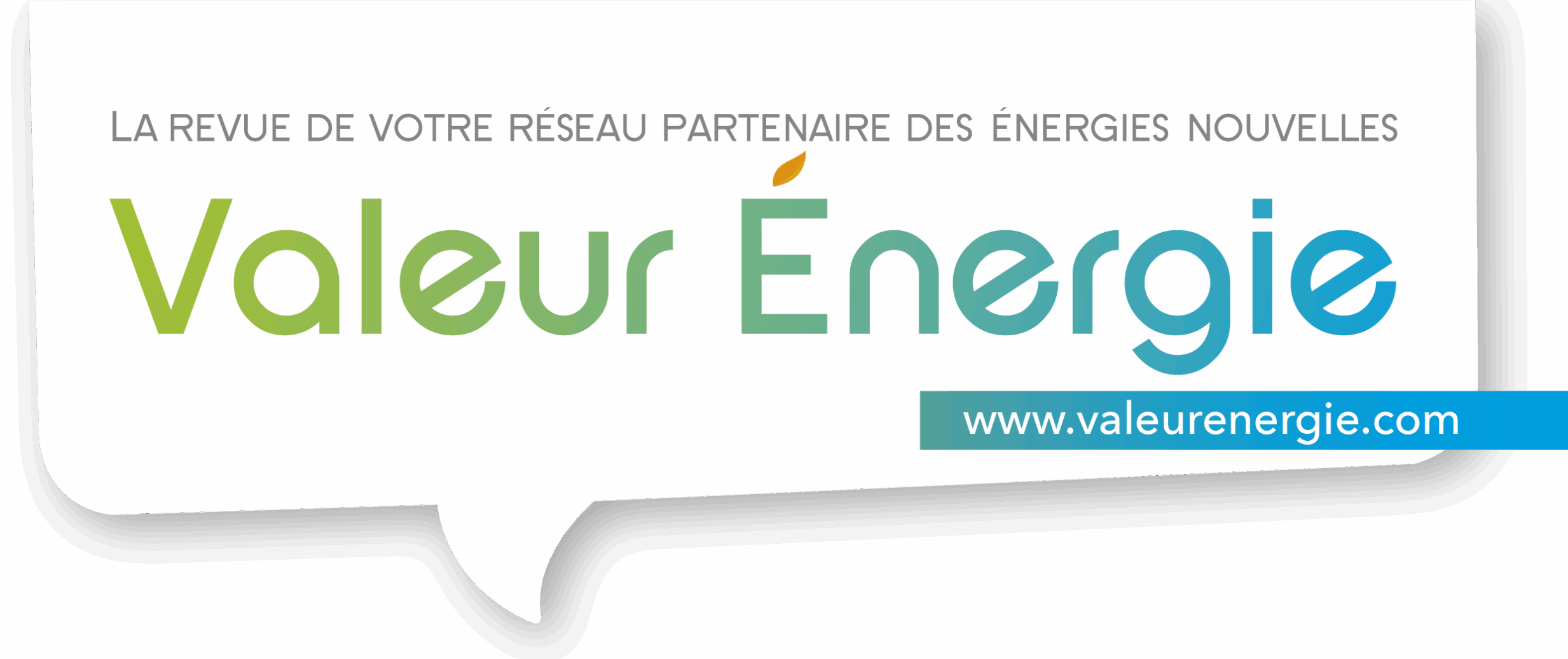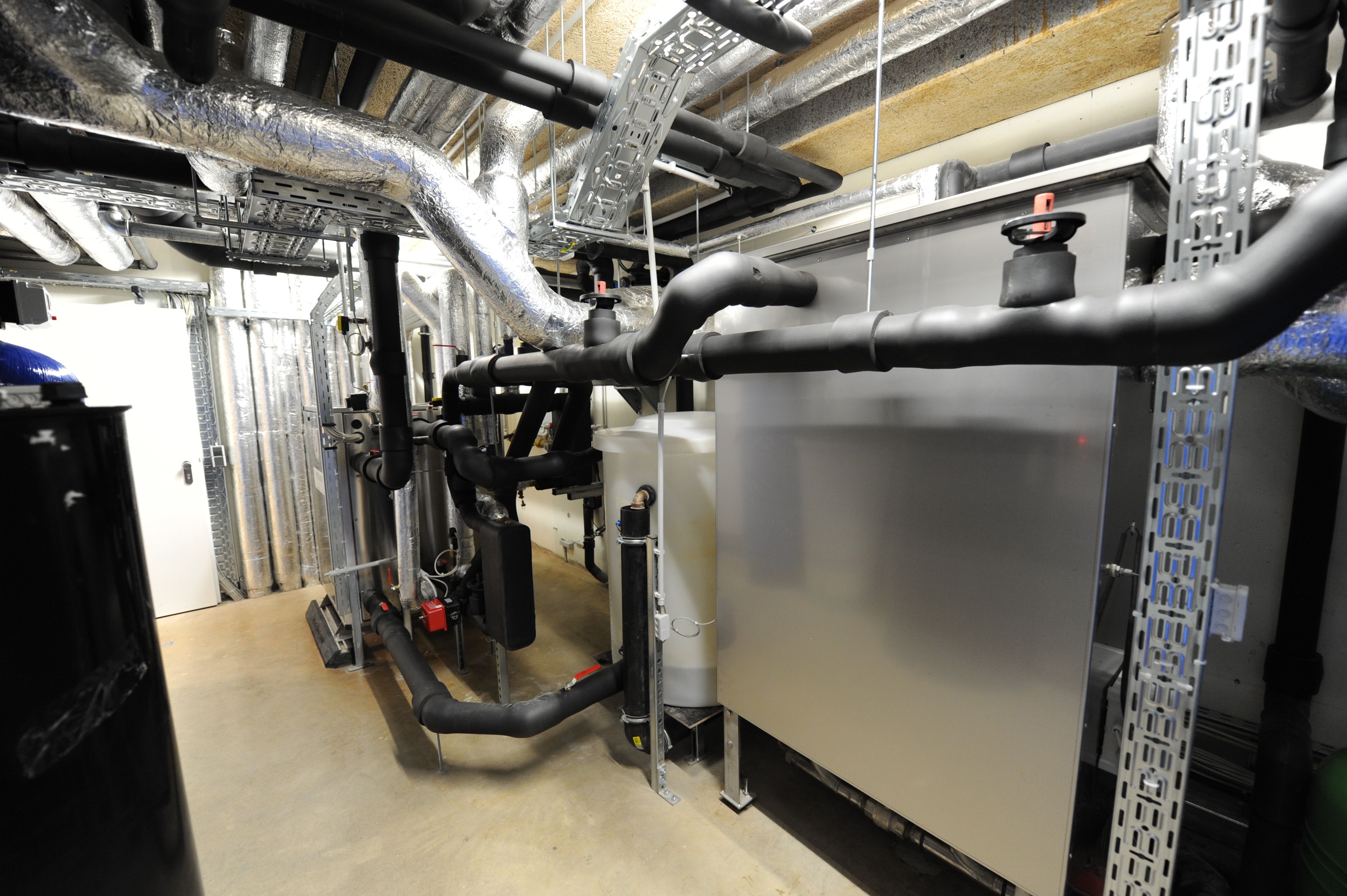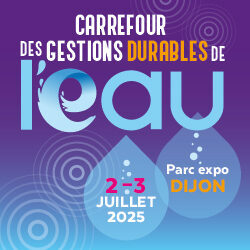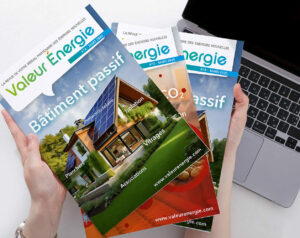Biofluids Environment Hot waste water
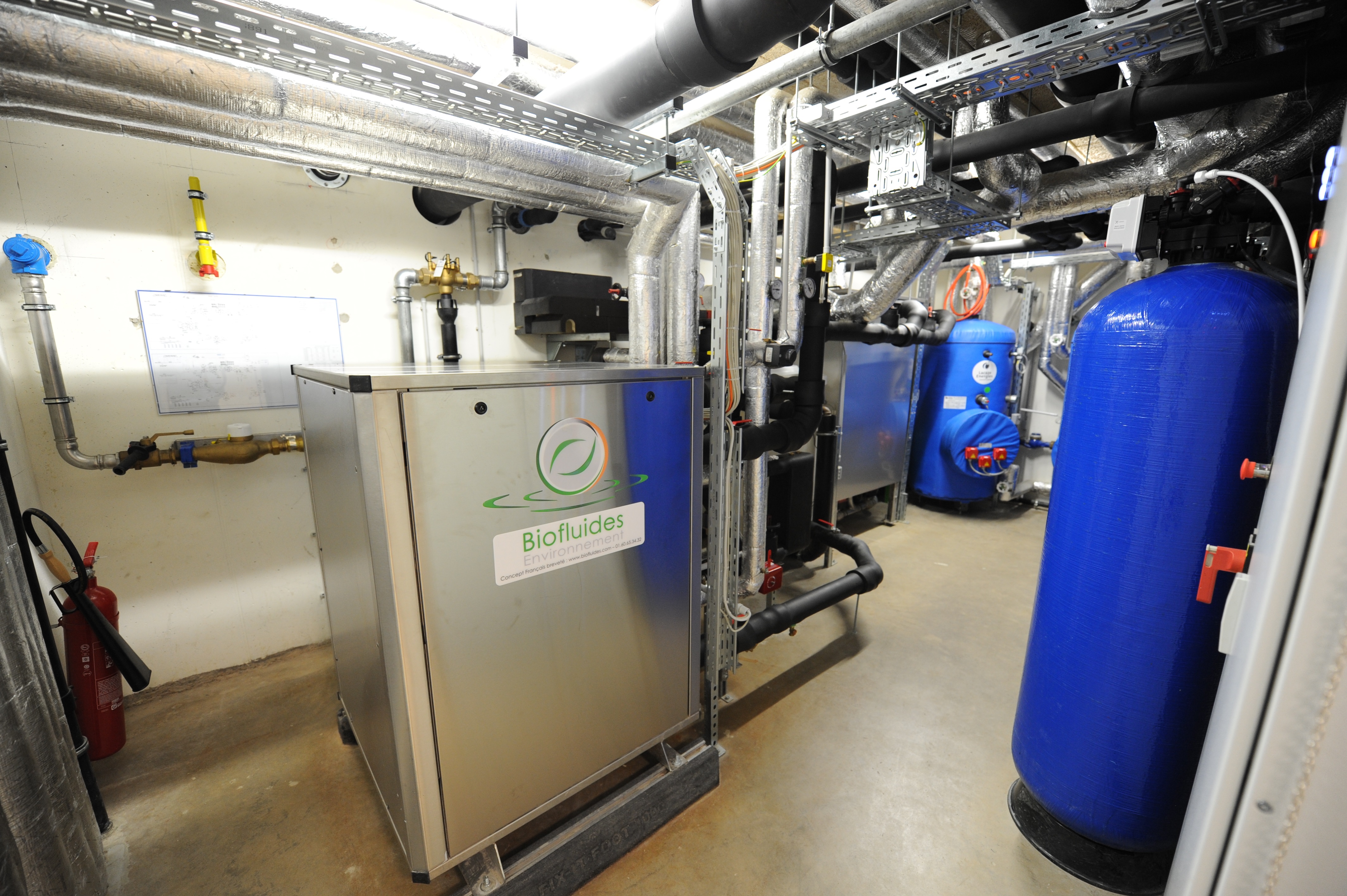
An energy source that is still not sufficiently developed
Up to 60% savings on domestic hot water production
Alain Mouré,
CEO
Biofluids Environment
« Calories are recovered in a heat pump that produces water at 58°C »
There are heat recovery systems on wastewater discharges. What are the objectives of such a process?
Grey water – kitchen water, sinks, showers, dishwashers, washing machines… – constitutes a huge source of calories that end up directly in the sewer. However, exploiting this potential can generate considerable energy savings. On average, a French family of four evacuates more than 150 litres of water daily at a temperature between 28 and 32°C. It is possible to recover the calories present in this water, thanks to heat exchangers. At the exit of our exchange tank, the water is at 9°C. The calories thus extracted are transferred to a heat pump to produce water up to 58°C. This is stored in preheating tanks before being used to supply the building’s DHW tanks. When we know that it is an incompressible and increasingly important expense for households, there is a major challenge here, in terms of energy transition and savings. With the BIOFLUIDES ERS®, the savings are around 60% for hot water production.
What are the possible applications for this system?
It can be deployed wherever there is warm grey water. This solution requires a technical room to accommodate the black water and grey water separation networks, an exchange tank, a heat pump and storage tanks. To do this, it is necessary to plan a surface area of 15 to 25 m2. Our technology is designed to meet the needs of structures that want to reduce the operating costs of their buildings while meeting the highest standards. Our clients are social landlords, hotels, RIEs, Ehpads, schools and sports centres, etc. Private promotion is increasingly using our technology to meet the environmental rules desired by developers and communities.
RHS is also possible with water from industrial applications. It should be noted that a compact ERS®compact solution – reduced to a 10 m2 footprint – provides one for projects of 10 to 40 housing units. The ERS can control several other heat sources available on site (condensates for district heating, solar energy, gas micro cogeneration) and thus improve the economic performance of the whole. In addition, like the installations in Luxembourg, the BRG can participate in the cooling of the building.
Can heat recovery be integrated into an intelligent building management approach?
Absolutely, monitoring makes it possible to establish performance monitoring and to remotely identify defects, known or to come. It also makes it possible to automatically control the system. In addition, many users combine heat recovery with renewable energies – solar or geothermal, for example – to help preheat domestic hot water. The entire system can then be managed by « smart building » services.
